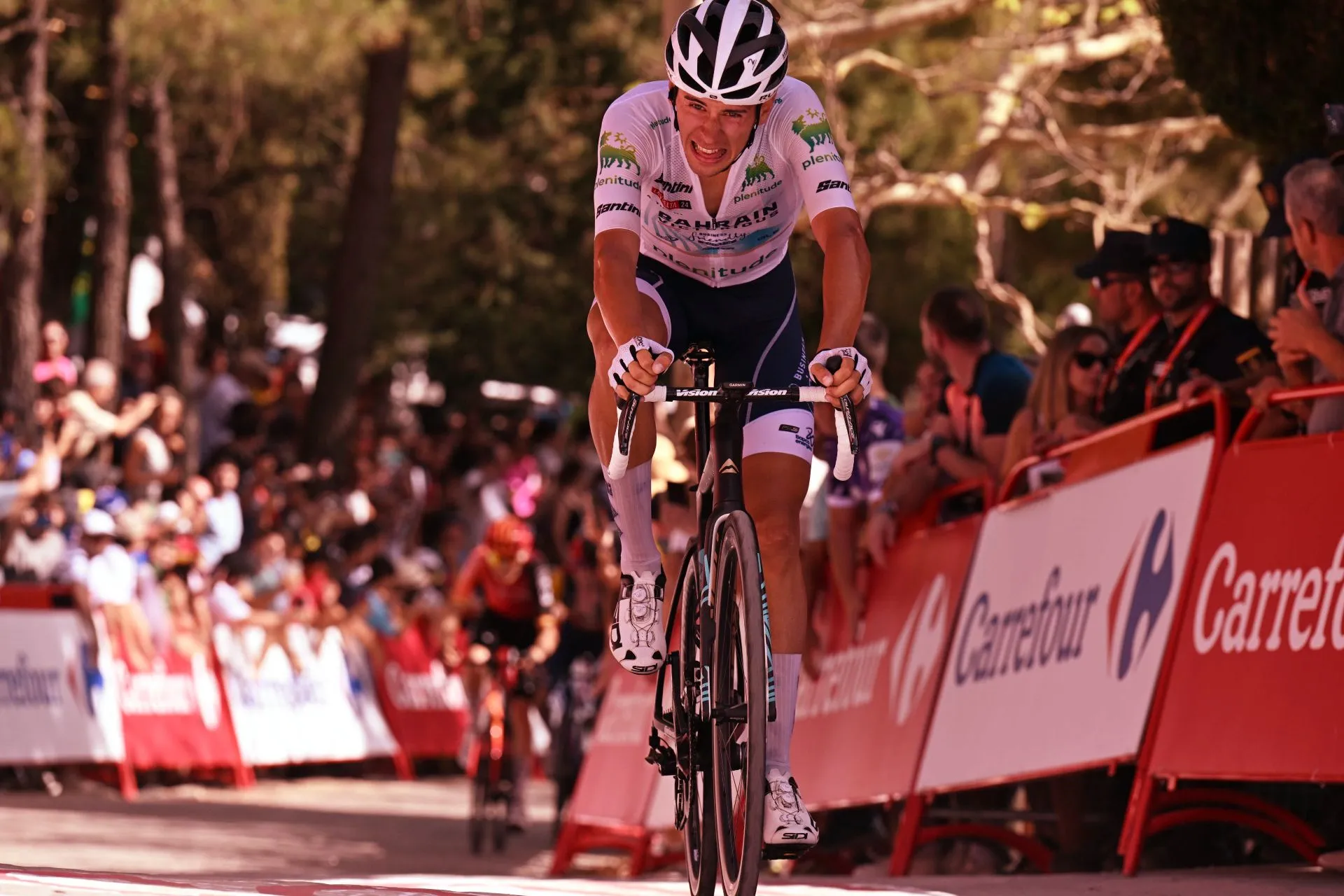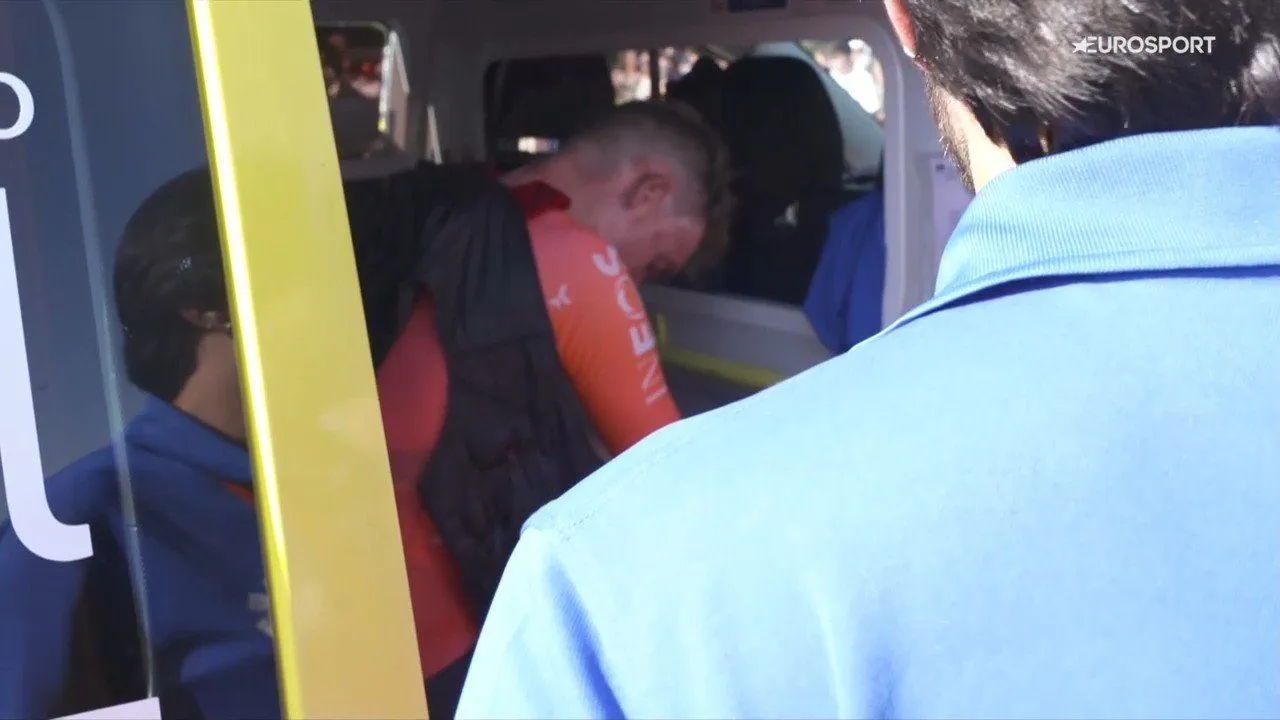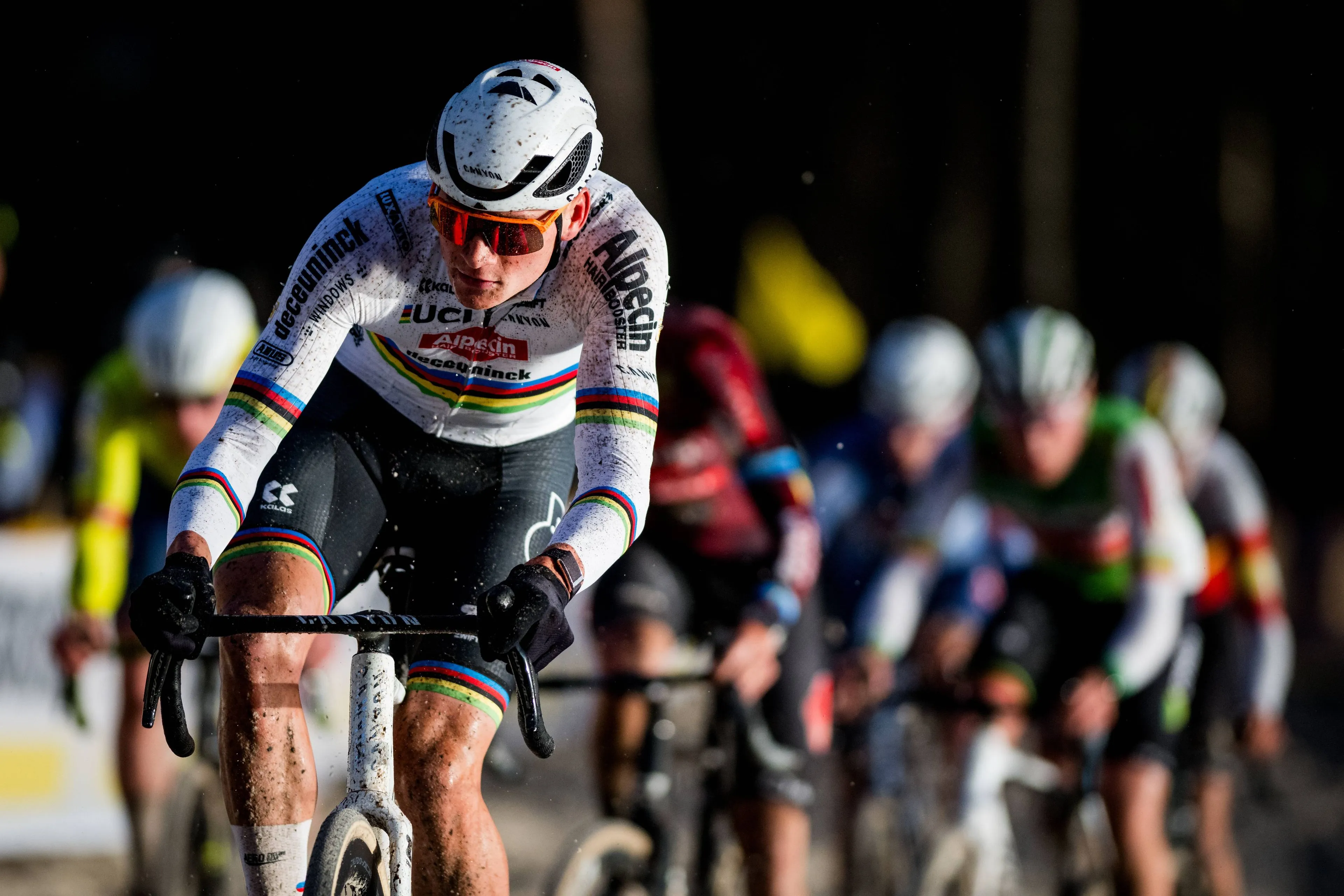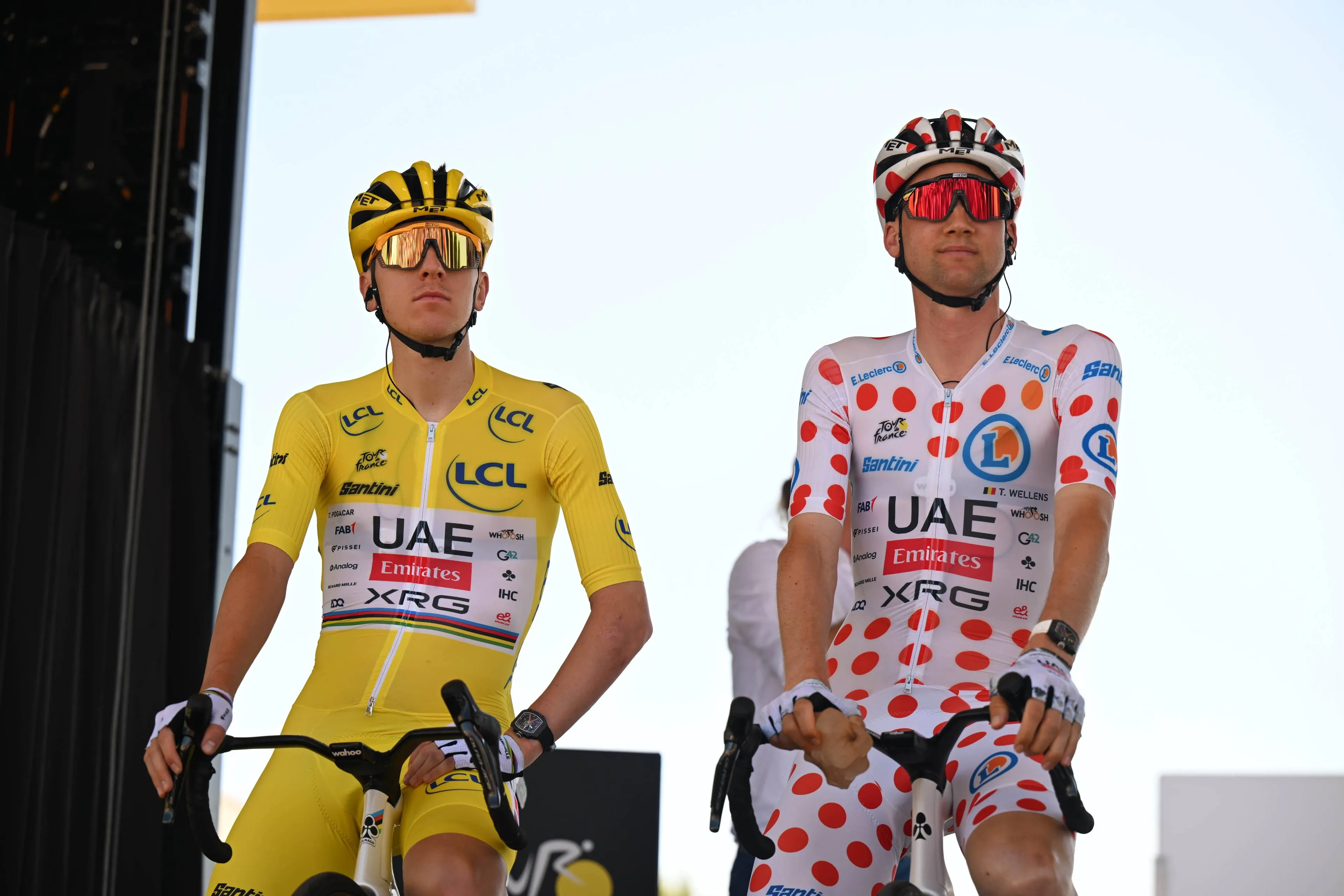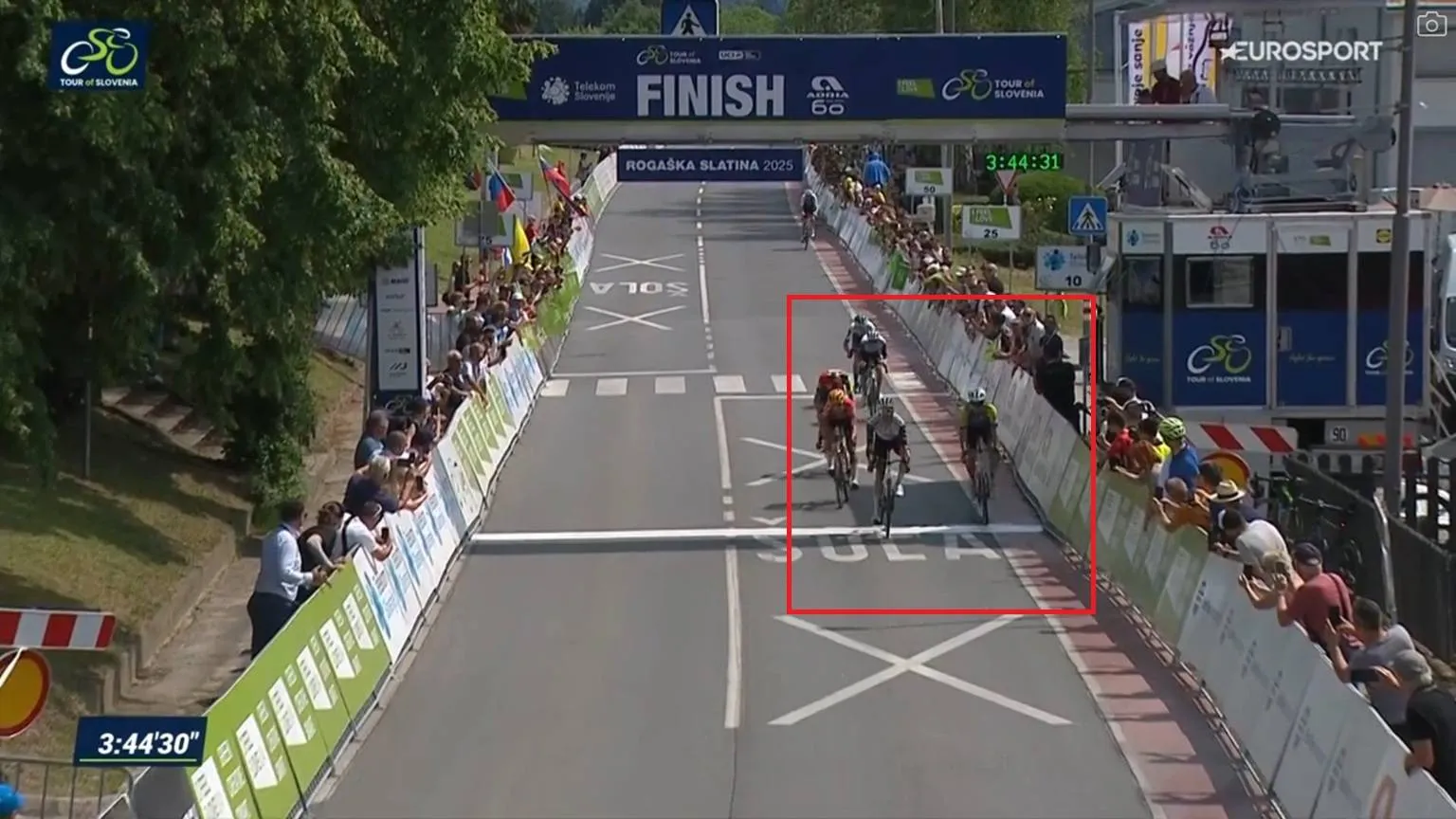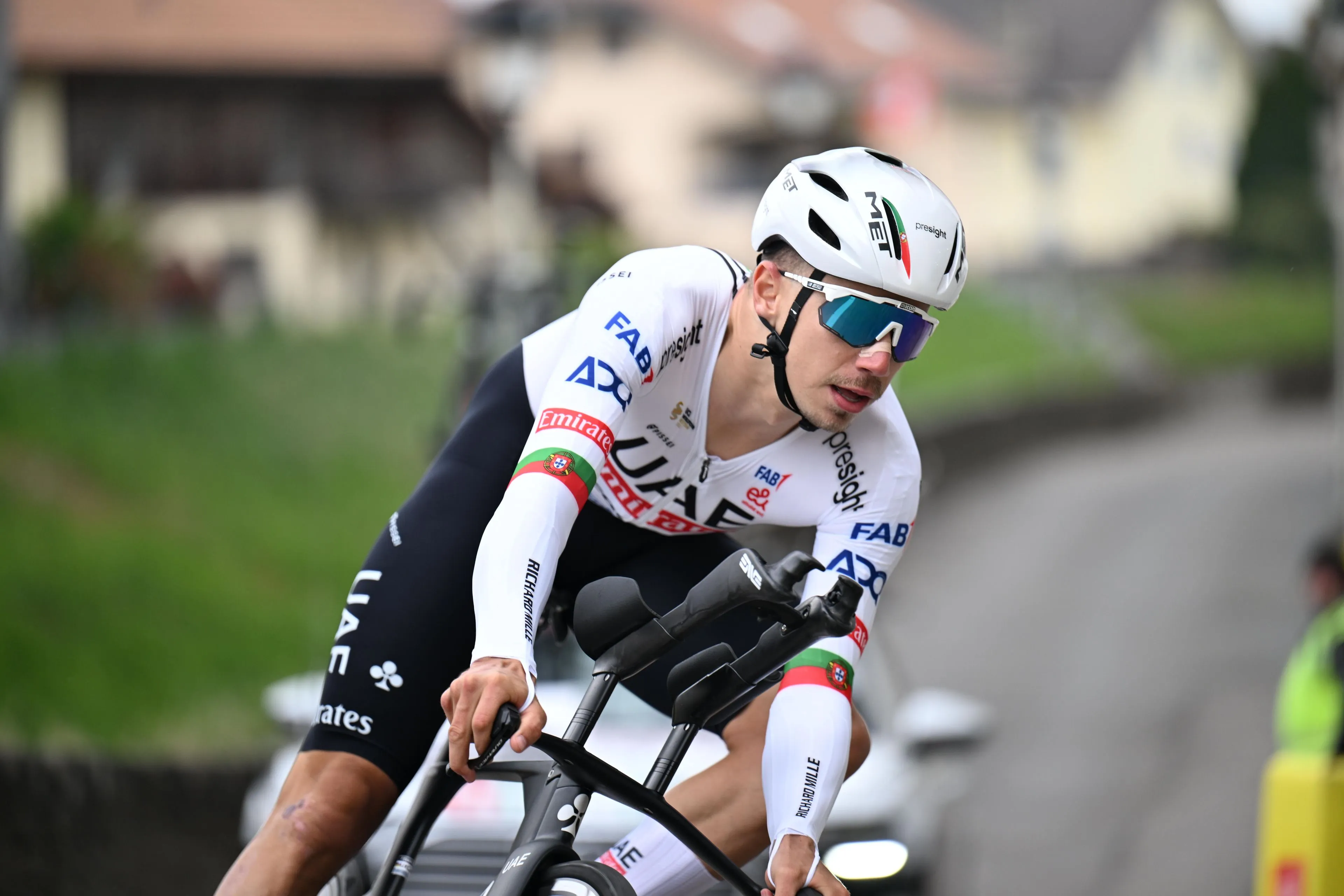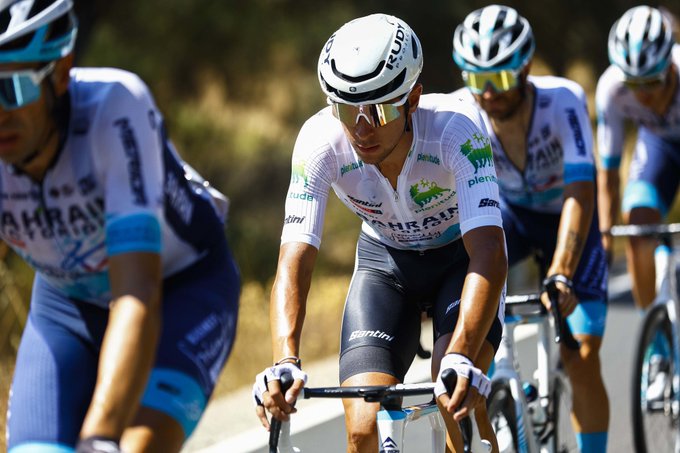"It’s borderline, but as long as they get ice and bottles every 15 to 20km it is OK" - CPA chief Adam Hansen allays heatstroke fears at La Vuelta after brutally hot week
CyclingMonday, 26 August 2024 at 15:30
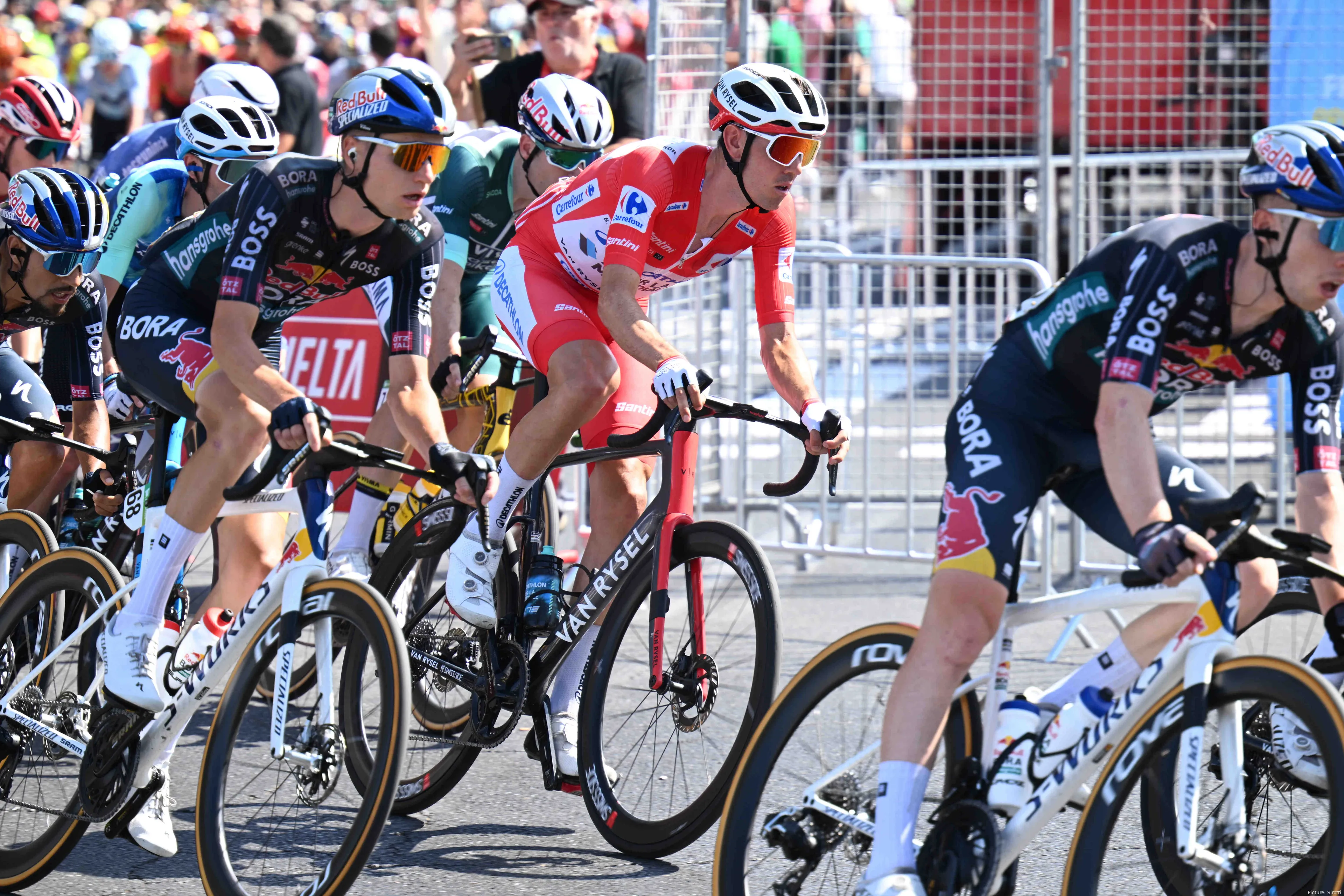
Much has been made about the heat over the first week at the 2024 Vuelta a Espana as temperatures continue to be around the 40 degrees Celsius mark and a number of riders feeling the effects of heatstroke.
According to Adam Hansen however, the chief of the rider's union, the CPA, whilst the blisteringly hot weather does present a challenge, it isn't yet at the situation where action is needing to be taken. “I reached out to, I think, 18 teams, and when I got to 18 teams I was like, ‘OK, there is definitely a majority here,’ he told Velo, explaining how most team's are happy with the measures taken.
Read also
“Most of the riders I spoke with, who should be representing their team, were saying that it’s OK. It’s super-hot, it’s borderline, but as long as they get ice and bottles every 15 to 20 kilometres it is OK, it is doable," continues Hansen;s assessment. “They said that everyone is doing a good job in helping. We had extra support from Shimano with bottles and there have been motorbikes giving bottles and ice.”
“I don’t really do anything unless the majority want to change,” the Australian adds. “I have only had two or three riders who think they should do something. So on this side of things it looks like it is OK, but it is on the limit. One rider told me ‘it’s hot, but it’s borderline [OK].’ But there are some riders who are struggling worse than others, which happens at different temperatures.”
As the race enters the high mountains however, more challenges emerge for the situation, as Hansen succinctly explains. “On the flat stages the riders can have all the support [they need]. The team car is behind and everything is good," he explains. “When they get to the mountains it is bit different because the bunch is obviously spread out. Maybe there is not going to be so much support. That’s where riders can be more affected in the heat. And that is what the riders are more concerned about going into the mountains."
“The riders want to continue racing as is,” Hansen concludes. “As long as the organizer continues what they are doing. I was told today [Saturday] that every time Shimano goes past a small group or individual rider on Sunday, they will offer bottles, just like a team car would, instead of just doing their normal role in a support vehicle. I was speaking to the UCI also and asked the regulators, the people who instruct the traffic of the convoy, to treat the Shimano [support] like a team car. Maybe just strategically placing them to also support riders with bottles and that too. When I speak with the riders, they are telling me that it is OK. It is borderline, but it is OK.”
Read also
claps 0visitors 0
Just in
Popular news
Latest comments
- Wrong Choice. they cannot reconcile between Pedersen and Milan and Ayuso and Skejlmose, He will be in no man's landabstractengineer14-12-2025
- I like see him compete against Ayuso at Vuelta.
 KerisVroom14-12-2025
KerisVroom14-12-2025 - They'll be the new target for protests, even if Adams isn't involved. Just being tied to that team is a really bad idea. Its probably going to hurt Canyon too.Veganpotter14-12-2025
- He’s done cross before. I bet if he dedicated himself to that he’d start cleaning up.mobk14-12-2025
- 1. No, the team owners want to have reliable money without having to actually perform. 2. It's "creative destruction". It's how things improve. Resources and labor are put to more productive uses. 3. That'd be more likely to happen if you listened to these "cycling is unsustainable" whiners. 4. There are thousands of pro races per year. Some teams are happy with a podium. Everything here is a Non Sequitur. -An Economistacem8214-12-2025
- I appreciate the restraint for sure.mij14-12-2025
- I was thinking the same thing. some of the questions were just terrible.mij14-12-2025
- He could always try some off road racing, where skills play a part, not just his engine. A great road rider, but not a complete all round rider......wipperman9513-12-2025
- As a cyclist, I'm amazed by his capabilities, as a fan I believe he will be considered as the best ever by the time he retires.awp13-12-2025
- While he is a good rider, he is not in the Pogi, Vingegaard, Lipo and others category yet. Can he be? Time will tell but for now he is in a 2nd Tier. And let's not forget guys like Del Torro who very well could be almost if not as good as Pogi in a year or twomd197513-12-2025
Loading
🇪🇸 #LaVuelta24 | ST 09 Antonio Tiberi felt unwell during stage 9 suffering from heat stroke, becoming lightheaded with a high body temperature. Cooling methods helped stabilize him, and he is now in good condition, but sadly, he had to abandon @lavuelta Get well soon Antonio
Write a comment
